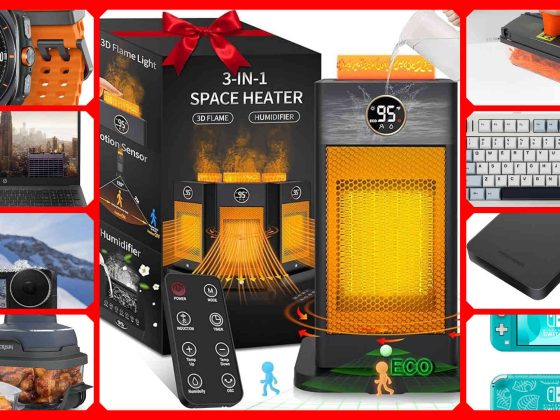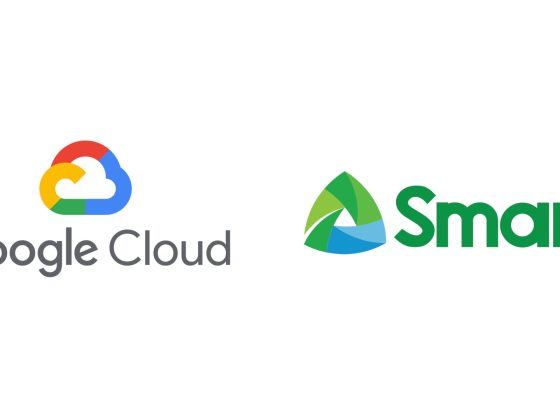Back in April, we announced our intention to invest $5 billion in the Internet of Things (IoT) over the next five years. The importance of this commitment has become even clearer since, as technology has already evolved, customers have innovated, and possibilities have grown. As 2018 draws to a close, here’s a look back at the topics that drove the most interest and excitement here on our blog—and a window into what’s coming for this technology in the near future.
Smart spaces
The spaces around us are coming alive with the power of data. In our post, “Smart buildings, built on Azure IoT,” we talked about how IoT and AI are helping those who own, manage, and use buildings increase efficiency to reduce cost and improve productivity. With announcements of products such as Azure Sphere and Azure Digital Twins, we empowered our partners and customers to explore new possibilities for managing and improving the built environment responsively, in real time.
From our partners:
Over the past year, we’ve also seen customers expand their vision of what smart spaces can do. Traditionally, these projects were heavily focused on operational aspects of building management such as infrastructure maintenance, water, and power usage. This is still the foundational use case and justification for IoT-enabled buildings, but people are increasingly excited about the transformative capabilities of smart spaces. Customers are exploring how they can use analytics to understand and optimize how people use the spaces they inhabit. Furthermore, they’re designing smart building solutions with the potential to dramatically influence day-to-day productivity and increase positive interactions.
For example, Steelcase showed how they’re creating smart and connected workplaces. As Scott Sadler, Steelcase Smart + Connected manager said, “By embedding technology into the work environment, we are enabling people to tell organizations what spaces are successful and why. We can measure and identify patterns in how and where people are working.” The ease of obtaining these insights will only increase in the coming year, and we’re thrilled to see where this field is headed. As smart space initiatives expand beyond the workplace to encompass stadiums, schools, hospitals, banks, and more—and as edge and cloud technologies connect them to the larger built environment—truly transformative possibilities are bound to emerge.
The intelligent edge
As with smart buildings, we’ve been inspired by the visionary scope our partners and customers have for edge computing and look forward to big things in 2019. IT departments are using edge computing to solve infrastructure and security challenges to make IoT a reality. Hardware vendors are expanding the intelligence of their devices to take advantage of new functionalities. A diverse and vibrant ecosystem is arising that will push what’s possible at the edge.
We highlighted five ways edge will transform business, including reduced IoT solution costs, improved security, lower latency, greater reliability, and interoperability with legacy devices. Enabling this goodness requires a strong technology foundation, which is why the Azure IoT Edge platform garnered so much attention from the industry. Since then, the solution has moved into general availability, enabling any business to deliver cloud intelligence locally on cross-platform IoT devices.
Edge computing has depth, fueling growth in both infrastructure and IoT, which allows data processing, analytics, and advanced functionality on connected devices whether they’re connected to the cloud or not.
These innovations are many and varied. With a consistent deployment model, companies can code and test edge capabilities on any platform and launch them seamlessly. For example, some are training data models using cloud-scale machine learning engines, and then deploying those models as-is to edge devices. Others are using edge as a way to aggregate and preprocess information so that only relevant data is delivered to the cloud. Edge computing also makes it possible to build IoT solutions that are offline for extended periods of time yet deliver powerful predictive capabilities based on local data. It all adds up to more efficient, effective use of data to improve everyday lives around the world.
Open standards and interoperability
Interoperability is a hot topic, especially in the manufacturing space, where businesses are looking for simple, comprehensive solutions that allow them to enable the connected factory with a mix of IoT-ready and legacy equipment. Our April post on OPC Unified Architecture (OPC UA) highlighted how manufacturers are using the standard to enable openness and interoperability while maintaining high standards of security.
In fact, this past year could be considered “the year of OPC UA,” with ABB, Rockwell, and Schneider Electric joining the OPC Foundation board members, alongside SIEMENS, SAP, Yokogava, Iconics, Ascolab, and, of course, Microsoft.
National industry initiatives have also continued deepening their commitment to interoperability. Germany’s Industrie 4.0 has released new testbeds and specifications based on the standard, and the China 2025 initiative has made a similar all-in commitment to OPC UA. We’ve made our own contributions to the world of OPC UA with new and updated products. Discrete manufacturing is also getting in on the interoperability act, with the German machine tool association VDW announcing the open universal machine tool interface (umati) initiative, which incorporates OPC UA into its architecture.
Looking ahead
The big lesson from all this energetic activity? IoT is a catalyst for digital transformation across traditional boundaries. We’re seeing new ecosystems and solutions emerge that unify data and insights from multiple places to enable new possibilities. As smart cities, vehicles, buildings, spaces, energy, and more converge, the opportunities grow—and so do needs for end-to-end manageability and security. We are committed to solving these challenges with built-in connectivity, real-time performance, and security innovation at the intelligent edge. Learn more about how Microsoft is helping build the connected future.
Authored by Peter Cooper, Senior Product Manager, Microsoft IoT. See original post here.
For enquiries, product placements, sponsorships, and collaborations, connect with us at [email protected]. We'd love to hear from you!
Our humans need coffee too! Your support is highly appreciated, thank you!








